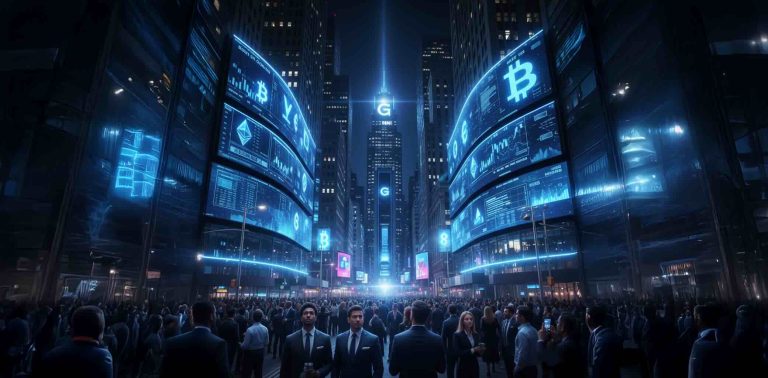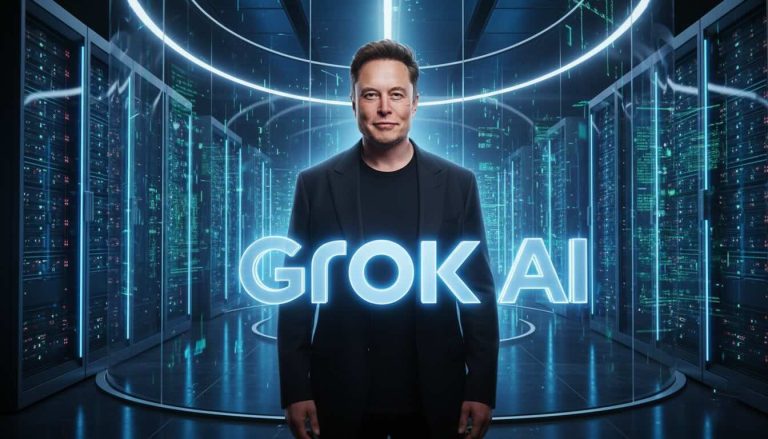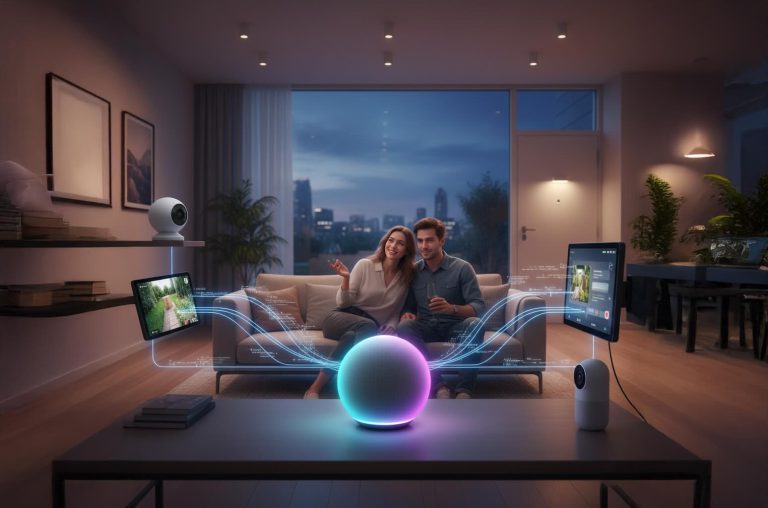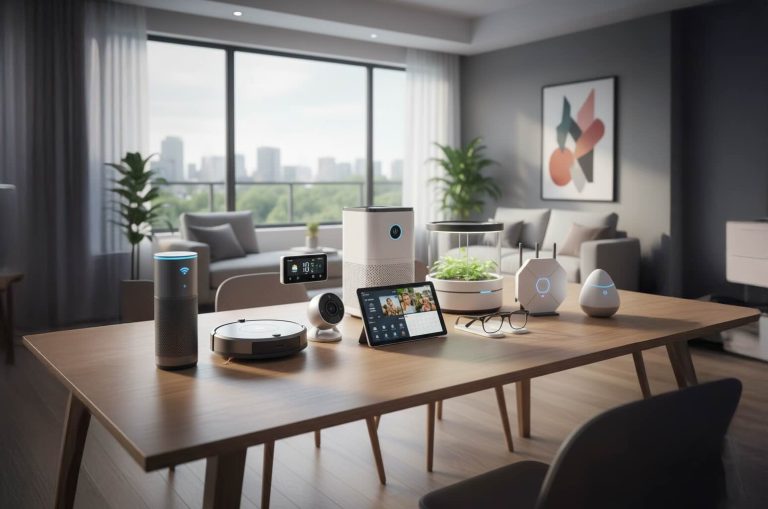ByteDance, the Chinese tech giant that owns TikTok, is racing ahead in the world of artificial intelligence video generation. Its latest AI video technology is so realistic that it is blurring the line between what is authentic and what is artificially created. This breakthrough is not just a technical achievement, it is a direct challenge to truth and trust in the digital age.
A New Rivalry in AI Video Creation
Earlier this year, OpenAI unveiled Sora 2, a powerful new model for AI video generation that can create detailed, cinematic clips from simple text prompts. While OpenAI has attracted global attention, ByteDance has quietly been building its own generative video models with the advantage of having TikTok as a distribution platform. That combination of advanced AI and massive reach means ByteDance is positioned to dominate the next phase of synthetic media.
ByteDance has already tested several AI driven content tools, some designed for creators and others for in-app experimentation. Analysts say this is just the beginning. The company’s scale and user engagement could push AI generated video into mainstream culture much faster than any competitor.

How AI Generated Video Threatens Digital Trust
The problem is not just innovation, it is credibility. As AI generated video becomes more convincing, users may struggle to tell the difference between reality and fabrication. A video of a political leader, a protest, or a global event could be manipulated with precision, spreading across social media before fact checkers even notice.
This could deeply affect elections, international relations, and everyday news consumption. A manipulated video does not have to be perfect to go viral, it only has to be convincing enough to fit existing biases. Once misinformation spreads, corrections rarely reach the same audience with the same impact.
Experts warn that this level of hyper realistic AI content could erode the public’s confidence in digital media. When everything can be faked, nothing can be trusted. The challenge for platforms, governments, and journalists will be to develop tools and standards to detect and label synthetic content quickly.
The Human Oversight Factor
Julian Togelius, an AI researcher and co-founder of Modl.ai, has said that while generative AI can revolutionize creative industries, it must be used in tandem with human oversight. Without human judgment, automation can become a weapon of manipulation rather than a tool of creativity. This perspective underscores the need for ethical guidelines and stronger regulation around AI video technology.

Why ByteDance’s Move Matters Globally
ByteDance’s entry into this field is not just about technology. It is also about influence. With TikTok’s global user base in the hundreds of millions, any rollout of advanced AI video generation tools will immediately reach creators, influencers, and audiences around the world. Unlike OpenAI, which distributes through research labs and partnerships, ByteDance controls both the platform and the audience.
This raises important questions. Who decides what content is allowed when AI generated videos flood the internet? Will users know if the content they consume is real or synthetic? And what happens when fake content spreads faster than truth, leaving confusion in its wake?
The Bigger Picture
The rise of AI generated video signals a defining moment for the future of media. With ByteDance pushing ahead, OpenAI competing, and other players like Meta and Google exploring similar tools, the digital ecosystem is heading toward an era where reality can be manufactured with the click of a button. The stakes are enormous, not just for entertainment but for politics, journalism, and human trust itself.
If unchecked, hyper realistic AI content could destabilize societies by undermining confidence in what people see and hear. The challenge for the global community is to ensure that AI innovation is balanced by transparency, ethics, and accountability. The next decade will decide whether generative video becomes a tool for creativity or a weapon against truth.














0 Responses
No responses yet. Be the first to comment!